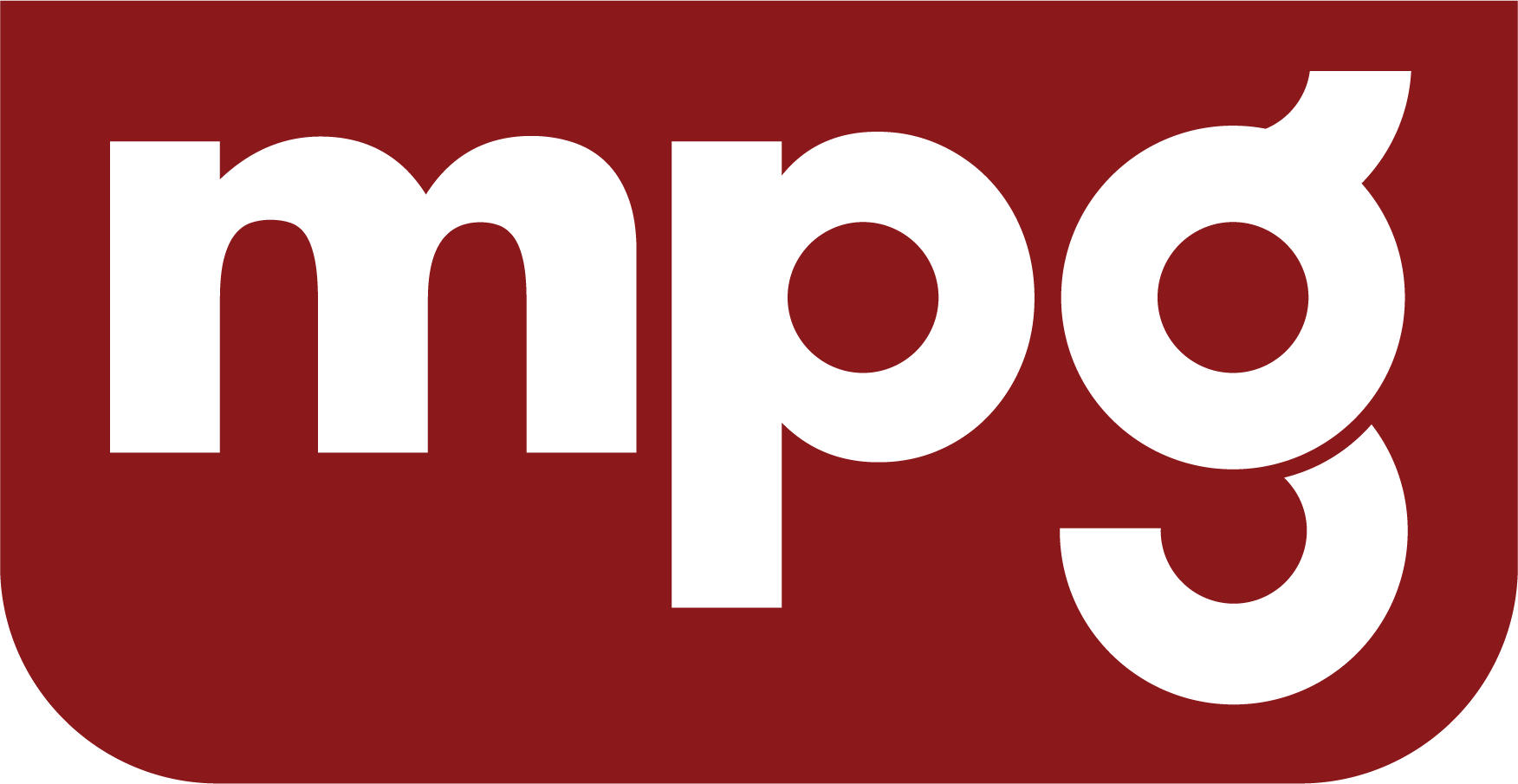menu
menu
Menu
cancel
- arrow_back_iosBacknavigate_nextpersonPersonal
- arrow_back_iosBacknavigate_nextdeveloper_guideDocXchange
- groupCommunities
- articleBlogs
- eventEvents
- sourceTemplates
- question_answerQuestions
- schoolLearning
- business_centerBusiness
- live_helpFAQ
